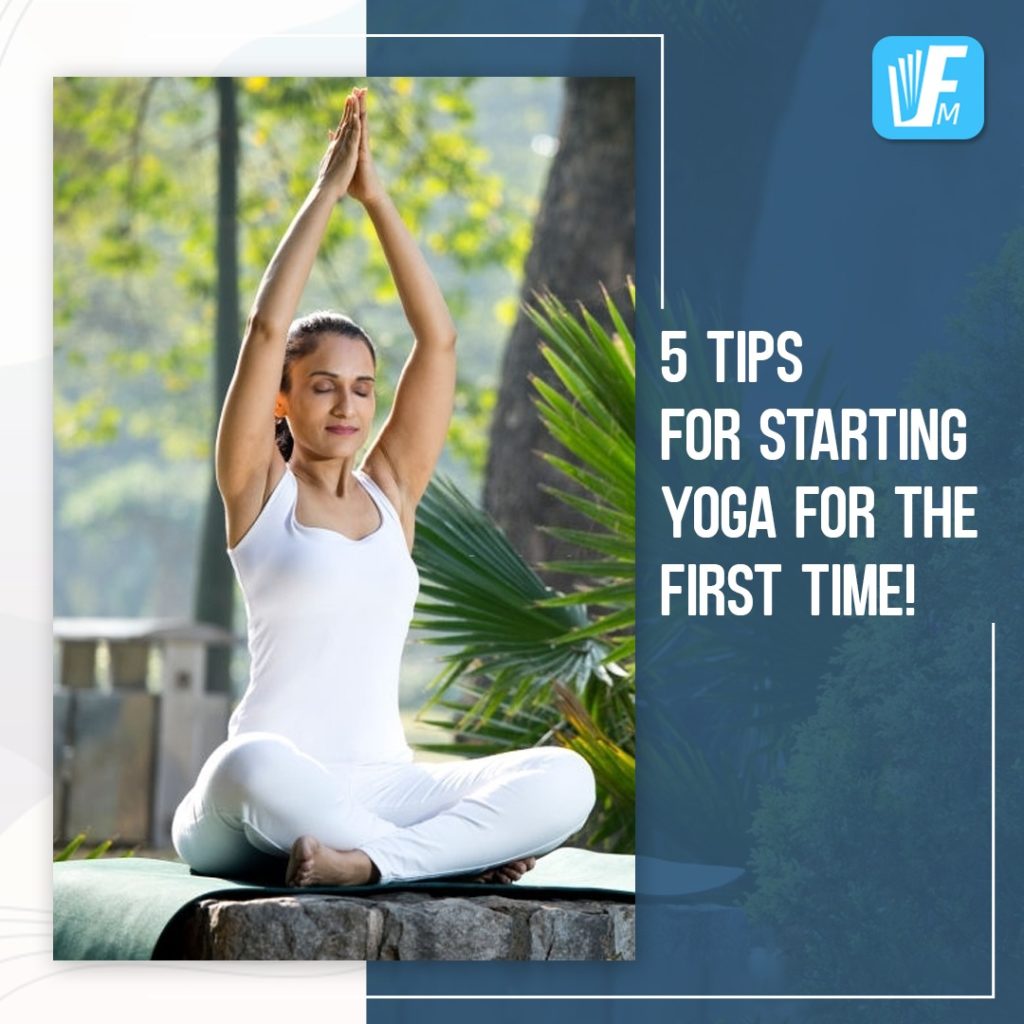
Yoga can enhance your quality of life. In addition to its numerous physical and emotional benefits, yoga also helps maintain healthy skin and a healthy weight by encouraging regular exercise. People who have never attempted something like this before are put off by the difficulties of the task at hand. Occasionally, you may appear to have your body folded in an impossibly impossible manner. You’ll have a never-ending stream of problems to deal with when you first start. For the benefits of yoga, you must overcome your skepticism and uncertainty.
- Understand Yoga’s Roots
When it comes to Yoga, it’s not about getting limber or forcing your muscles and spine into unnatural shapes. Yoga incorporates various techniques, including deep breathing, meditation, and basic asanas. It really is that easy. Because of this, do not worry about your weight. Consider Yoga a way of life rather than a technique.
- Become aware of how you’re breathing
In any yoga practice, the connection between awareness and the breath is one of the essential aspects for beginners.
Simply becoming aware of your inhale and exhale can lead to various benefits, including improved sleep, reduced stress, and an increased sense of present moment awareness. Simply paying attention to your breath and guiding it with care will have a considerable impact on your practice, even if you can’t do some of the more challenging asanas yet.
- Find Beginner Classes
The safest and most effective way to do it when learning Yoga is to work with a trained yoga instructor. Using Yoga Alliance’s online database or browsing local studios, you may find a registered yoga instructor in your area. Ask around at your local yoga studios to locate the class that’s most suited for your needs. Come early to class and introduce yourself to the instructor if you’re nervous. They will try their utmost to meet your needs in class if you notify them you are a first-time student. After all, we’re all rooting for you.
- Affect Your Body’s Postures by Changing Your Positions
A lot more can be done with the human body than we see in books or what our teachers show us in class. Most yoga classes require you to work your way into the proper positions with the help of props like blocks, straps, and other supports provided by a knowledgeable instructor to get the most out of your time in class.
- Make Regular Practice a Priority
Yoga should not just be practiced once or twice a year, but regularly. It is possible to see improvements in your physical, emotional, and mental well-being by doing 15 minutes of yoga every day. Rather than “starting from scratch” every time, it’s advisable to stick to a regular schedule and get the most benefits. In this way, the body can become more supple and responsive to emotions.
In some cases, practicing in one’s own house can be calming and serene. When you’re on your own, practicing at home is a cinch. It’s a little trickier if you live in a shared residence. To soothe and revitalize your mental health, consider attending the yoga studio once or twice a week. Attending a yoga class as an introvert can help you meet new people without making friends. It’s considerably easier and more enjoyable to learn Yoga from a well-versed, qualified instructor. However, if you are looking for physical yoga classes, type “yoga classes near me” into a search engine. Many yoga studios offer a relevant yoga certificate course for students.







